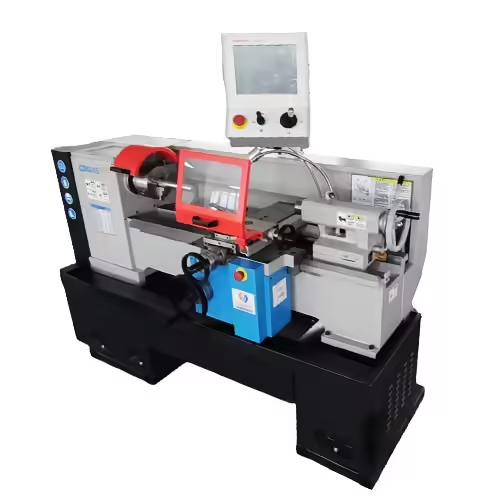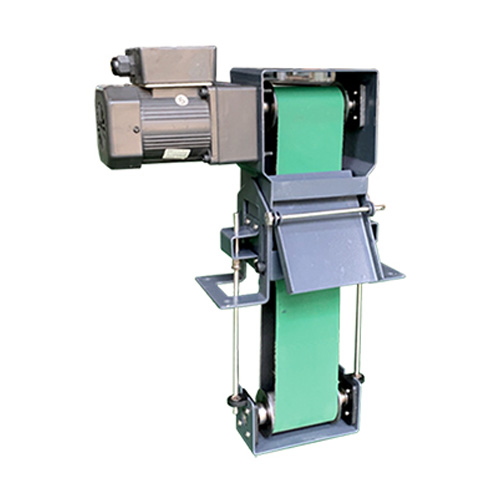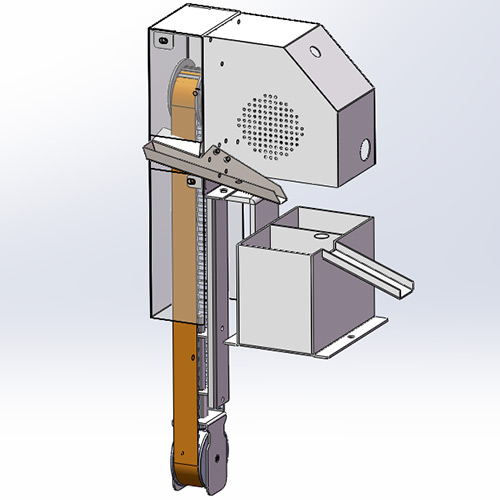Welcome to My Blog!
Before we dive into the content, if you’re interested in our products or have any questions, please feel free to visit our Contact Us page on the website. Our team is ready to assist you with inquiries, orders, or any support you may need.
Now, let’s get started on our journey together. I hope you find the content here insightful, engaging, and valuable.
Table of Contents
Introduction
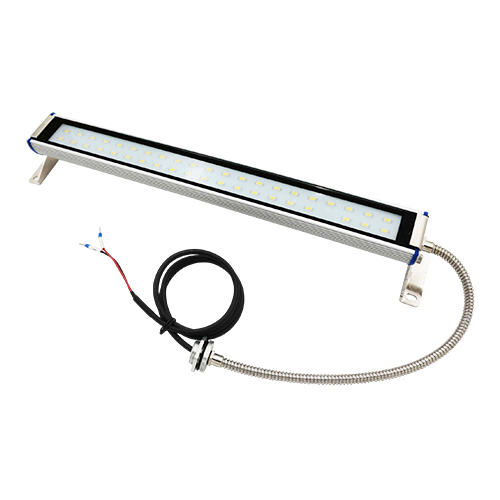
Work lights are essential tools for professionals, hobbyists, and DIY enthusiasts. They provide reliable illumination for construction sites, workshops, garages, trucks, and outdoor projects. Among the most common lighting options, LED work lights and halogen work lights stand out for their brightness and versatility. Choosing the right one can significantly impact your productivity, safety, energy costs, and overall work efficiency.
In this article, we will compare LED and halogen work lights, exploring their features, advantages, disadvantages, common applications, and purchasing considerations. By the end, you’ll have a clear understanding of which type of work light best suits your needs.
What Are LED Work Lights?
LED (Light Emitting Diode) work lights are modern, energy-efficient lighting solutions that have gained widespread popularity in recent years. They produce intense, focused illumination while consuming minimal energy, making them ideal for both indoor and outdoor applications.
Features of LED Work Lights
- High lumen output: LED work lights provide brighter and more consistent light compared to halogen bulbs, making them perfect for large areas and precision work.
- Energy efficiency: They consume far less power, which translates into significant electricity savings over time.
- Longevity: LED bulbs typically last between 30,000 to 50,000 hours, drastically reducing replacement frequency.
- Durability: Most LED work lights are designed to be waterproof, dustproof, and resistant to vibration and shocks, ideal for construction and off-road environments.
- Cool operation: LEDs emit very little heat, reducing the risk of burns or overheating.
Common Uses of LED Work Lights
- Construction sites requiring bright, reliable illumination
- Garages, workshops, and automotive repair stations
- Trucks, trailers, and off-road vehicles for enhanced nighttime visibility
- Outdoor activities like camping, emergency lighting, and roadside repairs
- Energy-conscious projects where long-term operational cost is a concern
What Are Halogen Work Lights?
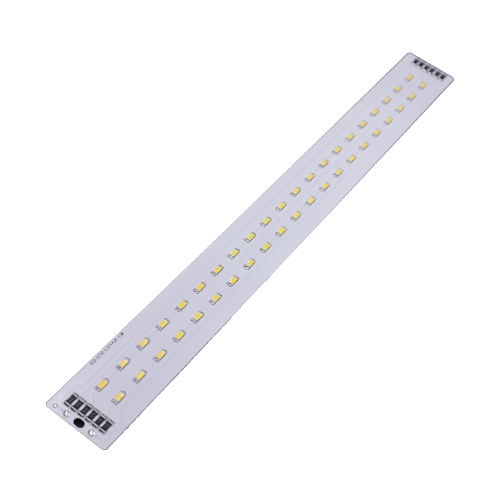
Halogen work lights have been a standard lighting solution for decades. They use a tungsten filament enclosed in halogen gas to produce bright, warm light. While less energy-efficient than LED lights, halogen bulbs remain popular due to their affordability and simplicity.
Features of Halogen Work Lights
- Bright, warm light: Halogen lights produce a natural, warm illumination suitable for indoor tasks.
- Lower initial cost: They are more affordable upfront than LEDs, making them accessible for budget-conscious users.
- Ease of replacement: Halogen bulbs are widely available and easy to swap out.
Common Uses of Halogen Work Lights
- Indoor workshops or garages where precise brightness is not critical
- Temporary lighting for construction projects or events
- Situations where initial cost is a higher priority than long-term efficiency
- Small-scale home DIY projects
LED Work Lights vs Halogen Work Lights: Key Differences
Comparing LED and halogen work lights involves several important factors:
- Brightness and Light Quality: LEDs offer higher lumen output and more focused light, while halogens provide a warmer, diffused glow.
- Energy Efficiency: LED lights consume significantly less power, making them ideal for long-term use.
- Lifespan and Durability: LEDs can last 10–20 times longer than halogen bulbs and are more resistant to shocks, dust, and moisture.
- Heat Generation: Halogen lights produce high heat, which can be uncomfortable or unsafe during prolonged use. LEDs, by contrast, remain cool.
- Maintenance and Costs: Although LED work lights are more expensive upfront, their longevity and lower energy costs make them more economical over time.
- Environmental Impact: LED lights are more eco-friendly due to lower energy consumption and fewer replacements, reducing waste.
Advantages of LED Work Lights
LED work lights provide multiple benefits that make them ideal for professional and personal use:
- Long-term cost savings: Reduced electricity consumption and fewer replacements result in significant savings.
- Durable for harsh environments: Many LED work lights are waterproof, dustproof, and resistant to shocks and vibration.
- Adjustable and versatile: Some models offer adjustable brightness and multiple mounting options, including magnetic bases and tripod stands.
- Safer to use: Low heat emission reduces burn risks and allows for longer working hours.
- Enhanced vehicle use: LEDs are ideal for trucks, off-road vehicles, and construction vehicles, offering high lumen output and focused lighting for nighttime operations.
Advantages of Halogen Work Lights
Despite their limitations, halogen work lights remain relevant:
- Affordable upfront cost: Ideal for users who need temporary lighting or have a limited budget.
- Simple technology: No complex electronics, easy to replace and maintain.
- Warm light: Provides comfortable illumination for indoor tasks, reducing eye strain in some cases.
- Availability: Halogen bulbs are widely sold, making replacements quick and convenient.
Which One Should You Choose? Factors to Consider

Selecting the right work light depends on your specific needs and circumstances:
Your Work Environment
- LED lights are superior for outdoor, wet, or dusty conditions due to their durability.
- Halogen lights may suffice for controlled indoor environments or short-term use.
Budget and Long-Term Costs
- Halogen lights cost less initially but have higher long-term costs due to energy consumption and frequent bulb replacements.
- LED lights require a higher initial investment but offer long-term savings.
Mobility and Mounting Needs
- Portable LED work lights with rechargeable batteries or magnetic mounts offer superior flexibility.
- Halogen work lights are usually less portable and bulkier.
Brightness Requirements
- For large construction areas or automotive repairs, high-lumen LED work lights are preferred.
- For smaller indoor spaces or temporary tasks, halogen lights may suffice.
Energy Efficiency and Environmental Considerations
- LED lights are more eco-friendly, reducing energy consumption and waste.
- Halogen bulbs have higher energy demands and shorter lifespans, leading to more frequent disposal.
Conclusion
LED and halogen work lights each have distinct advantages. For high-intensity, long-lasting, energy-efficient illumination in professional or outdoor settings, LED work lights are the clear choice. Halogen work lights remain a viable option for short-term, budget-friendly projects, or indoor use.
When deciding, consider your work environment, budget, mobility needs, brightness requirements, and energy efficiency goals. Investing in quality LED work lights ensures brighter, safer, and more reliable illumination, improving productivity and reducing long-term costs.
FAQ
What are LED work lights used for?
LED work lights provide bright, energy-efficient illumination for construction sites, garages, workshops, trucks, and outdoor projects. They are ideal for both professional and DIY tasks.
Are LED work lights better than halogen work lights?
Yes, LED work lights are more energy-efficient, longer-lasting, and cooler to operate than halogen lights. They are also more durable and suitable for outdoor or harsh conditions.
How do I install LED work lights?
Installation depends on the type. Portable LED work lights may just need charging or plugging in, while vehicle-mounted models require secure mounting and proper wiring. Always follow the manufacturer’s instructions.
Can LED work lights be used outdoors?
Yes, many LED work lights are waterproof and dustproof, making them suitable for outdoor construction sites, off-road vehicles, camping, and emergency situations.
How long do LED work lights last?
Most LED work lights last between 30,000 to 50,000 hours, which is significantly longer than halogen work lights, reducing maintenance and replacement costs.
Need Help Choosing the Right LED Work Light?
If you’re unsure which LED work light is best for your workshop, construction site, or vehicle, our experts are here to guide you. Contact us today for a personalized consultation, and ensure you get the brightest, most durable, and energy-efficient lighting solution. Don’t wait until your workspace is in the dark—get in touch now to illuminate your projects safely and efficiently!


